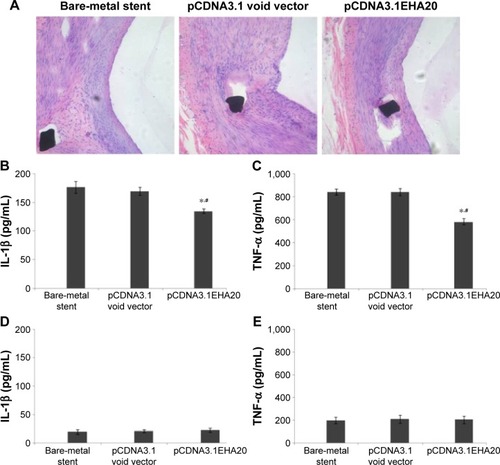Figures & data
Figure 1 Observation on the surface of the stent.
Abbreviation: DAPI, 4′,6-diamidino-2-phenylindole.
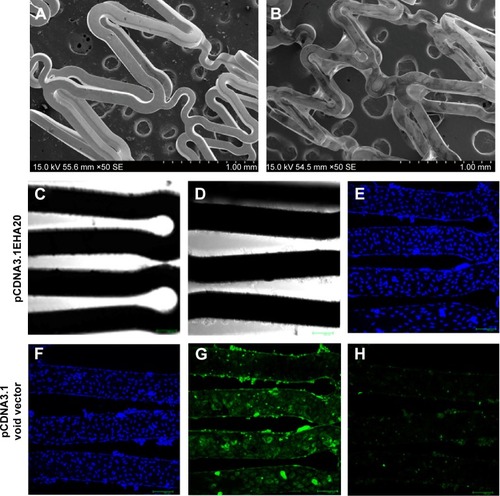
Figure 2 Western blot analysis.
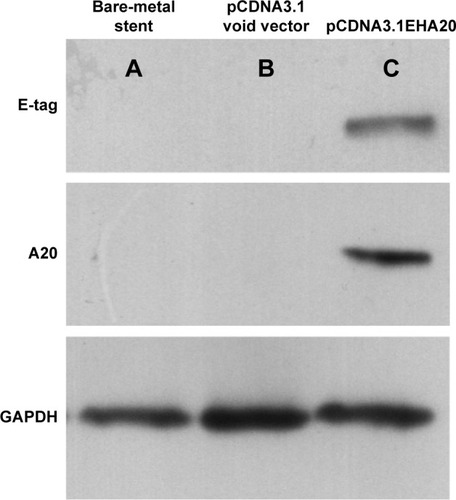
Figure 3 Re-endothelialization of arteries assessed by scanning electron microscopy at 14 days post stent implantation.
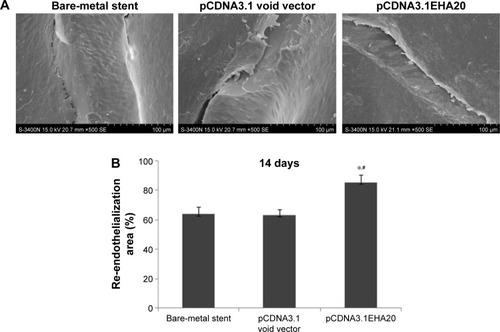
Figure 4 Re-endothelialization of arteries assessed by scanning electron microscopy at 3 months post stent implantation.
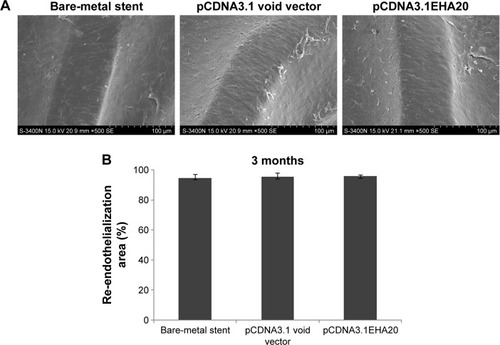
Table 1 Histomorphological measurements at 3 months
Figure 5 Quantification of artery injury and inflammation scores around the stent struts at 14 days and 3 months after stent implantation.

Figure 6 Typical images of stented carotid arteries and expression of inflammatory markers.
Abbreviations: H&E, hematoxylin and eosin; IL-1β, interleukin-1β; ELISA, enzyme-linked immunosorbent assay; TNF-α, tumor necrosis factor-α.
